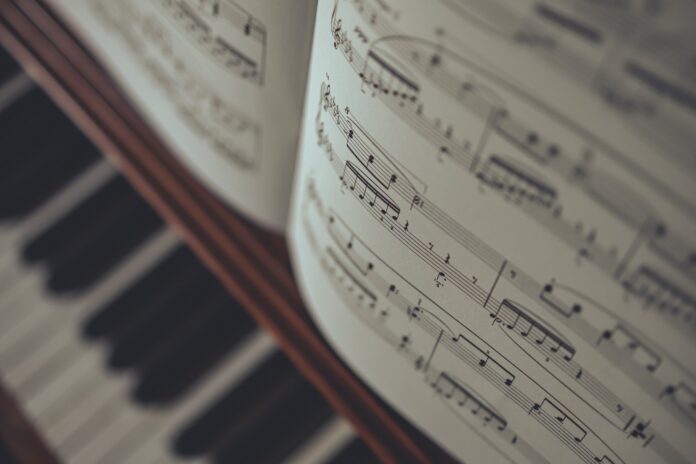Getting your hands on a new piece of piano sheet music is easier than ever, thanks to instant downloads online. With this type of technology, you can build your collection and choose only the pieces that truly appeal to you and suit your current skill level.
Whether you’re a seasoned pianist or just starting out, learning a new piece can be exciting, but frustrating.
These tips can help you set yourself up for success and make the most of your practice time.
1. Listen to Multiple Recordings of the Piece
Chances are, you’ve chosen a piano music notes piece because it’s something you’re somewhat familiar with. If you need any help, you can always visit musicnotes.com and find some advice.
Regardless of how well you think you know a song, take the time to listen to recordings of the selection, preferably of the exact same arrangement.
This can give you a better feel of how to execute not just on a technical level, but on an emotional one as well.
2. Practice on a Daily Basis
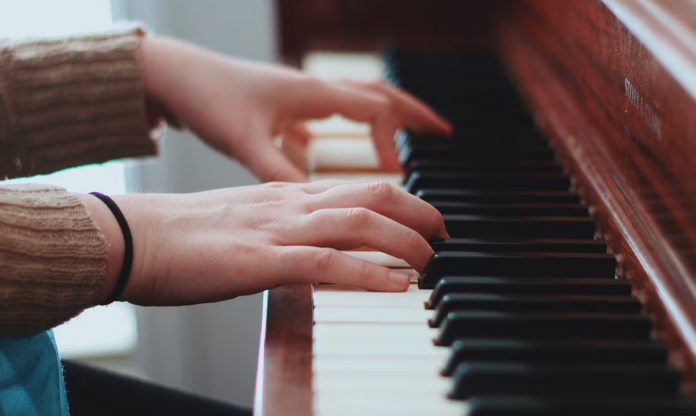
Playing an instrument involves multiple mental processes, including muscle memory. Much like exercise and fitness training, when you go too long between practice sessions, you start to regress rather than just plateau.
For this reason, most musicians recommend a minimum of thirty minutes of practice on a daily basis.
If you skip a day in between, plan to add in a few extra minutes to help you catch up. When learning a new piece, consistency is the key to success.
3. Familiarize yourself with the key signature and time signature
Understanding the key signature and time signature is fundamental to accurately interpreting and performing a piece of music.
Take the time to study the key signature and identify the sharps or flats present. This knowledge will help you recognize patterns and anticipate accidentals throughout the music.
Additionally, become familiar with the time signature to develop a strong sense of rhythm and phrasing. Practice counting the beats and subdivisions to establish a solid rhythmic foundation.
4. Troubleshoot Problem Areas
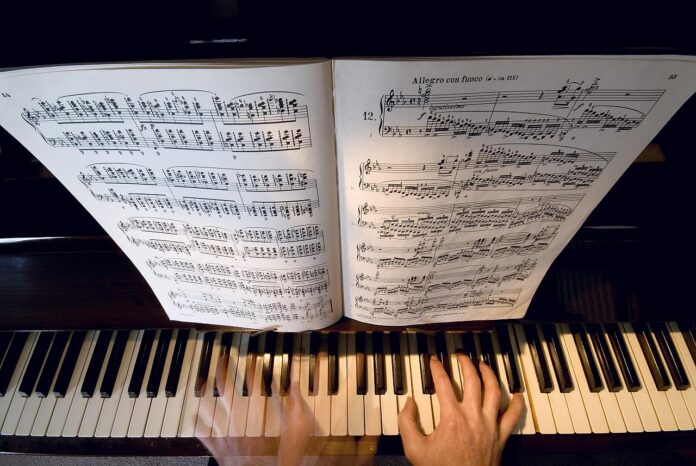
A common pitfall of many musicians is starting over at the beginning when they make a mistake. While this might make sense after you’ve mastered a piece, it does you no good while you’re still learning.
If you find yourself making the same error, focus on that specific portion, taking it measure by measure or even note by note until you can play it correctly and with confidence.
5. Pay attention to the tempo and dynamics markings
Tempo and dynamics markings provide vital instructions on how the music should be played. Take note of the indicated tempo, whether it’s fast (allegro) or slow (adagio), and internalize the intended mood of the piece.
Dynamics markings, such as pianissimo (very soft) or forte (loud), guide your interpretation and expression.
Experiment with different variations in volume and articulation to bring out the nuances of the music and add depth to your performance.
6. Work One Section at a Time
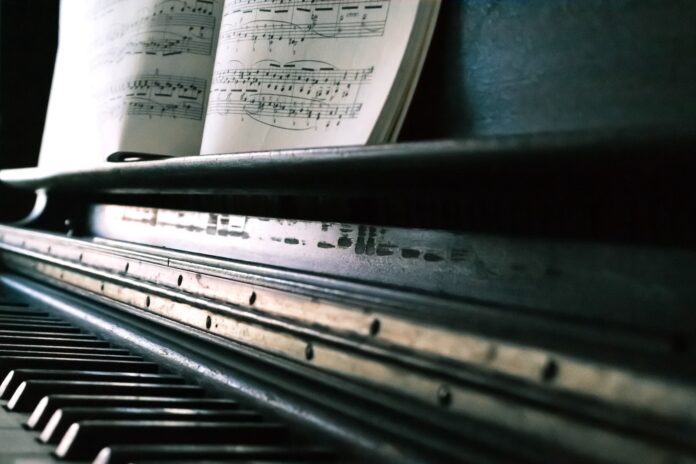
It can be beneficial to work your way through a piece of sheet music from beginning to end, especially if you’re trying to get an overall feel for the song.
However, it is not an effective learning strategy. Instead, take it one section at a time, mastering an entire line, then a phrase, then page, before you move on to the next one.
7. Know When To Take a Break
Sometimes, you need to power through a tough section or repeat a group of notes, again and again, to make it stick.
At some point, all this repetition becomes meaningless, especially when your mind or muscles are fatigued.
When frustration mounts beyond the point of motivation, it can be helpful to step away from the piano for a few minutes. If you’ve met your practice quota for the day, then revisit the piece tomorrow.
Otherwise, take a short walk, eat a quick snack or do a few stretches to help relieve some stress and regain your focus.
8. Use a metronome to develop a steady sense of timing
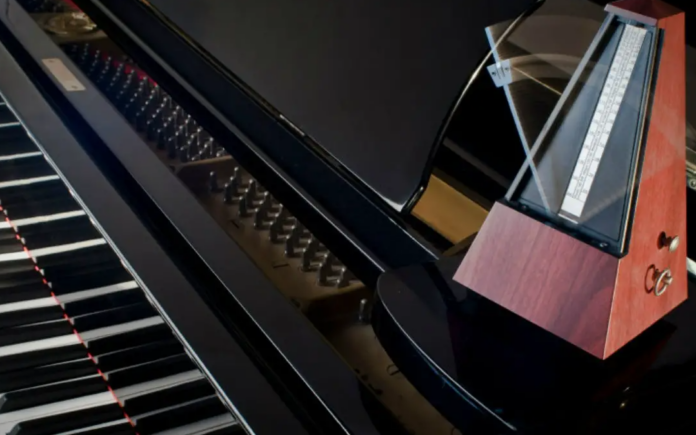
A metronome is a valuable tool for developing a steady sense of timing and maintaining a consistent tempo. Start by practicing the piece at a slower tempo, aligning your playing with the metronome’s beat.
Gradually increase the tempo as you become more proficient. This exercise will help you internalize the rhythm and develop a reliable internal pulse, ensuring your performance is precise and well-paced.
9. Utilize fingerings and hand positions suggested by the composer or editor
Fingerings and hand positions suggested by the composer or editor can be invaluable guidance when learning new piano sheet music.
Follow these recommendations as a starting point, as they often reflect the composer’s intentions and can provide efficient solutions for navigating the music.
However, feel free to experiment and adapt fingerings to suit your own hand size and comfort, making adjustments as necessary to achieve optimal playability and musical expression.
10. Work on developing a smooth and consistent legato technique
Legato playing, characterized by smooth and connected notes, is a cornerstone of expressive piano playing.
To enhance your legato technique, focus on creating seamless transitions between notes and chords. Pay attention to finger transitions, employing finger legato or careful pedal usage where appropriate.
Practice slow and controlled movements, gradually increasing the speed while maintaining a sense of fluidity. Developing a smooth legato technique will bring richness and depth to your interpretation of the music.
11. Use visualization techniques to reinforce memory and kinesthetic awareness

Visualization techniques can be a powerful tool in reinforcing memory and enhancing kinesthetic awareness while learning new piano sheet music.
Close your eyes and mentally visualize your hands moving across the keyboard, imagining the correct fingerings and positions.
This mental rehearsal can strengthen neural connections and improve muscle memory. Combining visualization with physical practice helps solidify your understanding of the music and fosters a deeper connection with the piece.
Learning a new piano piece can be daunting, but a positive approach and the right practice plan can help you master the notes in no time. The reward of adding another song to your repertoire can be well worth the effort.

